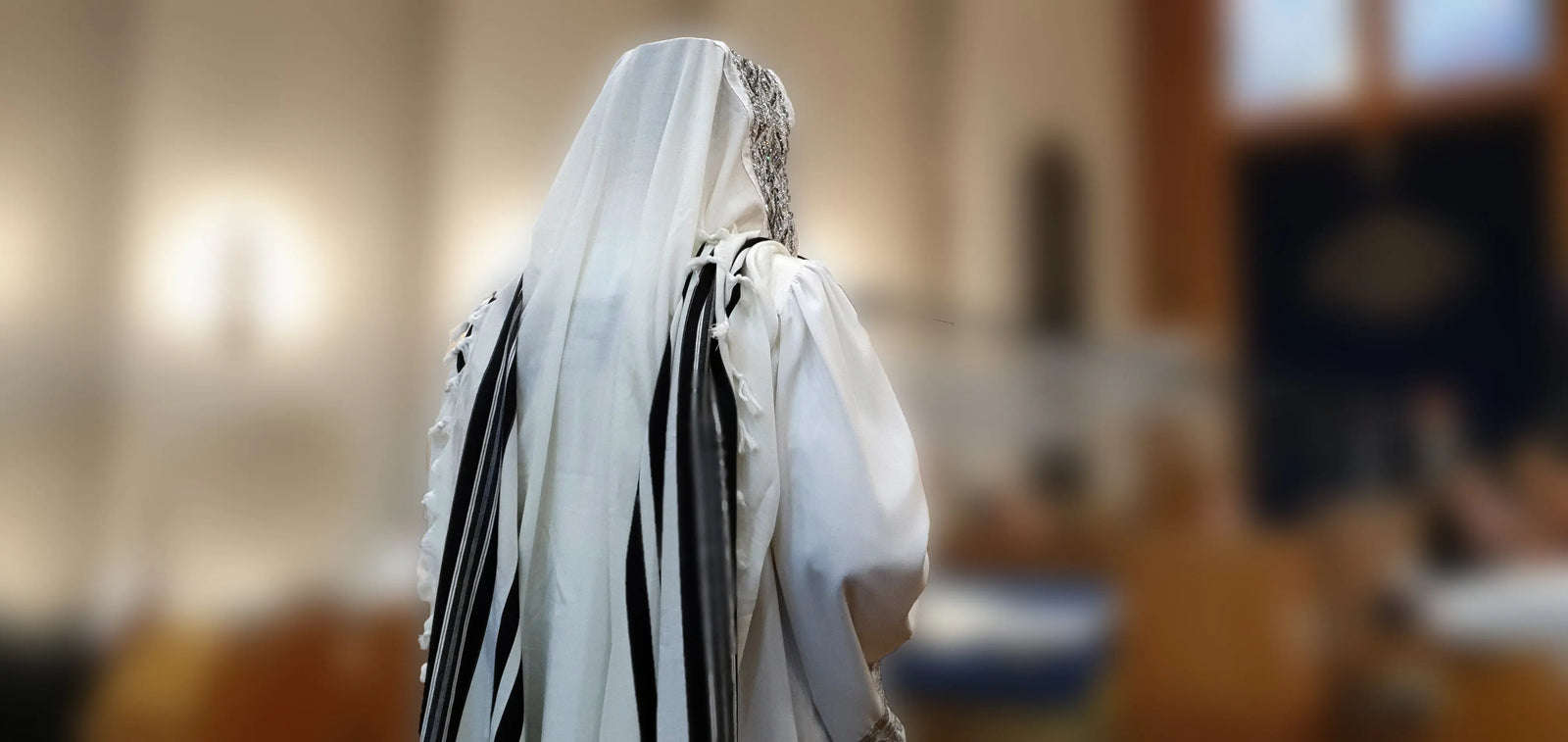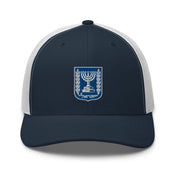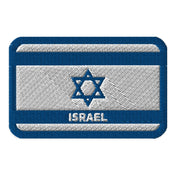Why do Jews wrap themselves in a four-cornered garment with fringes? Is it a blanket? Is it just tradition? No. The tallit is a battle flag. It's a declaration of identity. It’s the Jewish way of saying, “I belong to God, and I don’t care who sees it.”

In Jewish tradition, the tallit is not optional. It’s a commandment. God Himself ordered it in the Torah. That’s not up for debate.
“Speak to the children of Israel and tell them to make for themselves fringes on the corners of their garments… and you shall look upon it and remember all the commandments of the LORD and do them.” (Numbers 15:38–39)
So yes, this is serious.
What Is a Tallit?
The tallit (or tallis in Ashkenazi pronunciation) is a rectangular shawl with four corners, each corner tied with a set of fringes called tzitzit. Those fringes aren’t decoration. They're loaded with spiritual ammunition. Every knot and twist is a physical reminder that we serve a higher authority.
The tallit comes in two main types:
-
Tallit Gadol – the big one. This is the one worn during morning prayers, wrapped around the shoulders like a cloak.
-
Tallit Katan – the small one. Worn under your shirt like spiritual armor, with the tzitzit hanging out for everyone to see.
Why the Fringes?
Because God said so.
The tzitzit are not random threads. They’re designed according to specific rules in Jewish law, each knot and winding carries meaning. Traditionally, one thread was dyed blue with a special dye called tekhelet, believed to come from a rare sea creature. That color represented divine royalty. Today, some tallitot include the blue thread again, as the dye has been rediscovered. On The Israel Store, we offer kosher prayer shawls made in Israel in high quality, check them out.

(A Jewish man grasps the strings of his tallit or tzitzit while reciting the Shema Yisrael prayer during an Orthodox morning prayer service. Photo: Yehoshua HaLev/Shutterstock)
But even without the blue, the tzitzit are more than symbolic. They are a rebellion against forgetfulness.
God didn’t ask us to feel the commandments. He asked us to do them. The tallit is a tool of action. You see the fringes. You remember the mission.
This isn’t spirituality for the soft. This is discipline. This is identity.
Tallit in the Bible
The tallit is ancient. It didn’t start in the Middle Ages or during the Holocaust. It started with Moses. When God spoke to Israel in the wilderness, He gave them laws. And then He gave them this commandment: tie fringes to your garments.
In 1 Samuel 15:27, King Saul grabs the edge of Samuel’s robe, and it tears. The Hebrew word used for “edge” is kanaf—the same word used in the commandment about tzitzit. That’s not coincidence.
When and How to Wear It
The tallit is worn during morning prayers (Shacharit), especially on weekdays, Shabbat, and holidays. Some men wear it during the Torah reading, weddings, and funerals.
Before putting it on, there's a blessing:
“Baruch Atah Adonai, Eloheinu Melech ha'olam, asher kid'shanu b'mitzvotav v'tzivanu l'hitatef b'tzitzit.”
“Blessed are You, Lord our God, King of the universe, who has sanctified us with His commandments and commanded us to wrap ourselves in tzitzit.”
Notice the verb: wrap. This isn’t a casual toss-on. You are enshrouding yourself in God’s presence. Covering yourself in holiness. Making your entire body a vessel of remembrance.

Not all tallitot are equal. Some are mass-produced with no attention to the commandments. If you're buying one, buy a kosher one, made with tzitzit tied according to halacha (Jewish law).
You can get wool or acrylic. White with black stripes is traditional, but blue and white is popular too, especially for Zionists who want their tallit to reflect the flag of Israel.
Don’t Be Ashamed
In a world that wants to erase history, cancel God, and silence truth, the tallit is resistance. It’s a sign that you are not ashamed of the God of Israel.
We live in times of war. Hamas attacks Jews. The world lectures us about restraint. Politicians beg us to compromise. But the tzitzit tell another story. They say: God brought us out of Egypt with a mighty hand and an outstretched arm. We don’t bow to Pharaoh anymore.
Put on your tallit. Wrap yourself in the presence of the Almighty. Let the fringes remind you who you are and who you serve.
And when the nations rage and the enemies howl, remember the tzitzit.
They are still attached.
So are you.






10 comments
Anytime I visit Israel I most surely look for it to buy because I will be wearing it to pray in my house.
I wish to get it when I comes to Israel,so that I will be wearing it to pray.Shalom
This is like the woman with the issue of blood for 12 years who touched Jesus,’s hem of his garment and he felt power left. She was instantly healed. Messianic jews tells the meaning of the shawl. I had one but misplaced. Was just thinking I wanted to buy one and here is this post.
I need one..please let me her the details and price
Would love to own one
Shalom. I only wear mine when I am fervently urge to pray for myself
I would like to send this article and link to purchase talit katan and talit of his choice, to my husband,
Robert Frederick Mair, email livingtorahhouse@gmail.com. Shalom, Lynda.
Please someone should get me one.
Would love to own one.
I wrap myself every morning while praying in my tallit. Such a comfort.